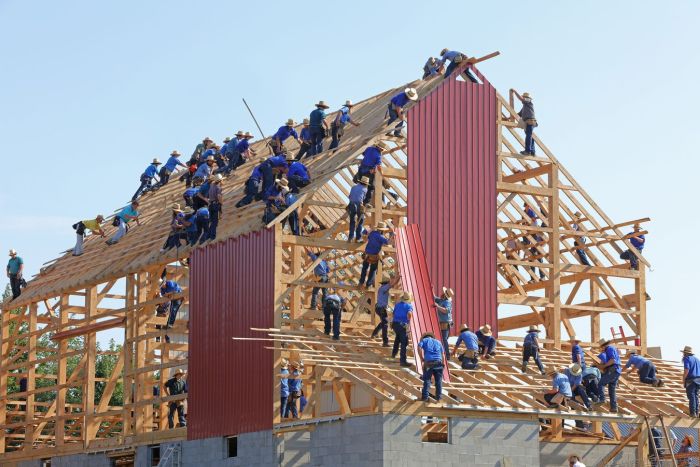Why are the cost savings so significant when you Owner Build?
In its simplest definition, an Owner Builder assumes responsibility for the construction or renovation of a home.
“Not so hard,” I hear you say?
In reality, what it means is that you are in charge of every single thing to do with that house. Every nail, every windowsill and every person you need to get every nail and every windowsill installed.
That means that you have to know what is needed when it will be needed and how much it is going to cost.
And that is exactly where cost savings can come in.
If instead of being an Owner/Builder, you enter into a Building Contract (link to def) with a registered builder, that builder will typically play the role of Project Manager. He or she will coordinate all materials, and all tradesmen to get the job done.
For this service, he or she will add a margin of up to 15% onto all materials purchased and up to 30% on tradesman’s hourly rate.
This margin is the builder’s profit as well as compensation for the risk he is taking on.
In addition, the builder is liable for structural issues within that property for 7 years after the completion date and needs to factor in the risk.
The other factor to consider is that of economies of scale. Because builders often work on many projects simultaneously, they are able to get cheaper prices on a lot of materials because they are able to buy in bulk.
This price saving in materials can sometimes compensate for the additional margin.
Of course, not all properties and projects are the same but as a general rule of thumb, the cost savings from being an Owner Builder really only start to be worth the effort in mid-level to upmarket budget house (in construction projects of about $300,00 – check?) There can also often be savings to be made in architectural projects as many of the elements need to be custom made and therefore not subject to bulk buying discounts.

